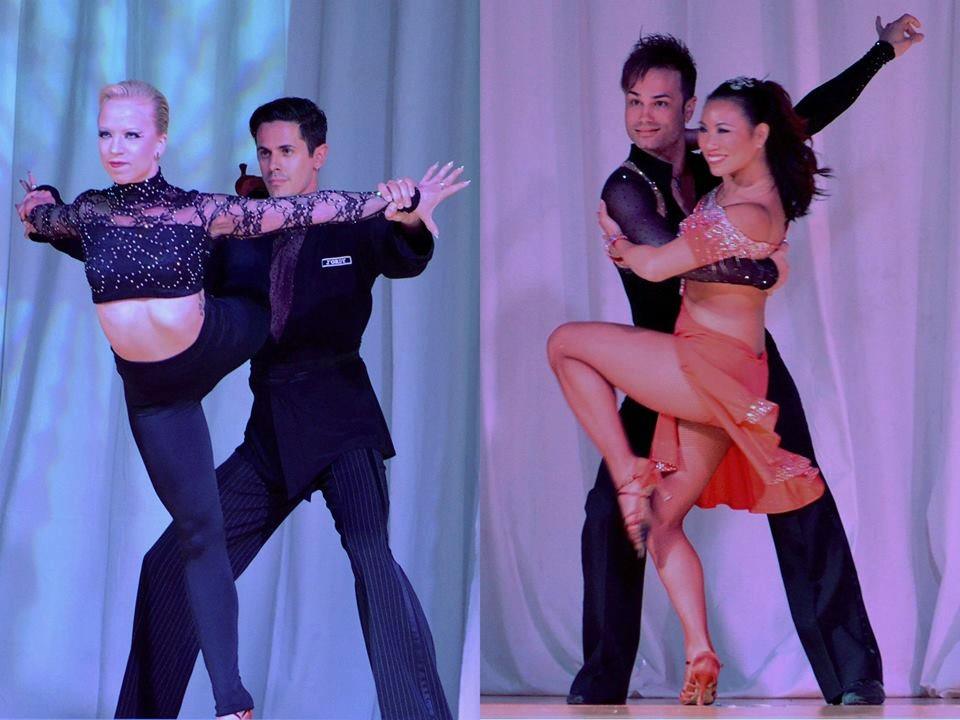Patterns Won’t Make You a Better Dancer

A few years ago, a student I was dancing with was hurt during a social. She didn’t fall down or get stepped on, but was hit by another couple when they suddenly changed direction into our path. It still upsets me to think about it.
It wasn’t that she was seriously injured; she shrugged if off and we resumed dancing soon afterwards. No, what upset me was the behaviour of the other couple: They didn’t even acknowledge they had hit us. I remember the leader in particular; looking just past us as they moved on, leaving me to make sure my partner was okay.
I blamed that leader for years afterwards, but recently, I’ve come to realize he was the product of a certain kind of conditioning infecting the dance world: Over-reliance on patterns of movement.
NOTE: The inspiration from this article comes largely from Bruce Lee’s The Tao of Jeet Kune Do. Most of the ideas expressed here are his, albeit adapted to a dance audience.
How most dancers learn
You want to learn to dance. You hire a private instructor, join a group class, or watch videos online. With each approach, you learn patterns; set combos from a syllabus. These combos increase your variety of movements, which make you feel more skilled and experienced.
Over time, you become increasingly reliant on these patterns. If you try to do something else, you find it feels awkward – your technique falls apart, or you lose balance, discouraging you from further experimentation. It feels so good to learn these cool patterns that you continue to commit them deeper and deeper to memory.
Then you go to your first social, and are dismayed when those set patterns don’t work in the unpredictability of the real world. People get in your way. Music is hard to hear. Your partners don’t always know the moves you’ve learned. In the most extreme cases, you run into others while trying to complete your “moves”, as that couple did to my student.
The patterns that helped you feel like a more skilled dancer are now trapping you, holding you back.
If you hadn’t learned any dance moves, but just decided to grab a partner and improvise, you likely would have done better at moving with the flow of the room. Your “moves” replaced your common sense, and it is to common sense you must return to dance in real life situations.
The problem with patterns
Moves are exciting for most dancers because they are the most obvious signs of improvement. When we look at professionals on the floor, we rarely see the finer details of balance, agility, power and perception that make them appear effortless. Instead, we see the move, the complete picture, and many try to emulate it without learning the underlying fundamentals.
At best, some of my students come in desiring to acquire the “look of the dancer”. They know there is some X factor they haven’t yet identified, but in most cases, they don’t realize how much more involved those factors are than the pattern itself.
Patterns are also seductive because they are easy, at least relative to the rest of the learning process. Many people see dance as a luxury, something they can use to decompress from a long day of work. It can certainly be that, and SO much more, but it won’t be as easy as sitting at home and watching television.
Returning to the fundamentals
To fully embrace what dance has to offer, we must move away from our dependence on set patterns and techniques. Rather, we can improve our dancing as a whole by focusing on the underlying principles we use in all dance movement.
Imagine being able to adapt quickly to every type of movement, because you recognize what muscles and body positions are needed to make it happen. To make adjustments as appropriate to the situation, so you can move harmoniously with your partner and those around you. This is what understanding the fundamentals will do.
Over the next few weeks, I’ll be talking about the fundamentals used in ballroom dancing, although many of these will carry into other dance styles as well.
Sources:
“The Tao of Jeet Kune Do” by Bruce Lee
About the Author
Ian Crewe has been dancing ballroom for over 18 years, and has a Licentiate in American smooth and rhythm. His passion for dance eventually led him to blogging and the World Wide Web. Ian currently teaches at the Joy of Dance Centre, Toronto, ON, Canada.

